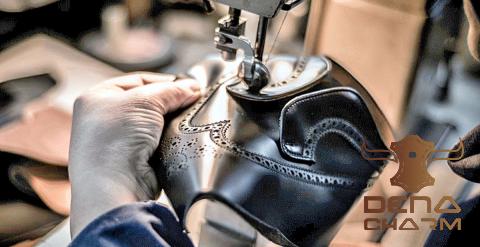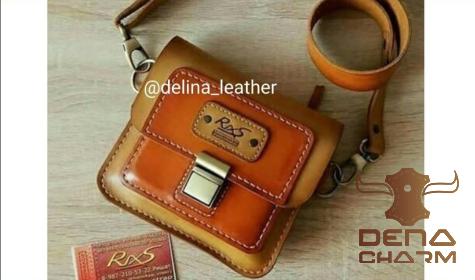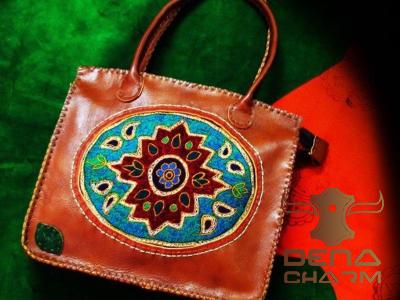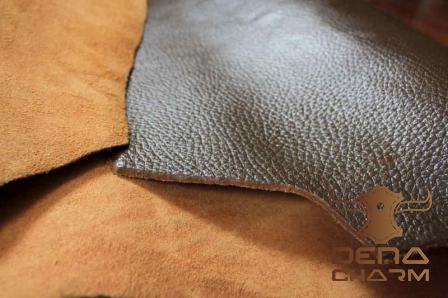Exploring the Differences When it comes to choosing between synthetic leather and genuine leather, there are several factors to consider. Both materials have their own unique features and production processes, and understanding these differences can help you make an informed decision based on your needs and preferences. Price of Synthetic Leather vs. Leather One of the first things that often comes to mind when comparing synthetic leather and genuine leather is the cost. Genuine leather is typically more expensive than synthetic leather due to its quality and production methods. The raw materials used for genuine leather come from animal hides, which incur costs related to farming, processing, and transportation. Additionally, the skilled craftsmanship required to work with genuine leather tends to drive up the overall price. On the other hand, synthetic leather is manufactured using a combination of synthetic materials, such as PVC (polyvinyl chloride) or PU (polyurethane). The production process for synthetic leather is more streamlined and can be accomplished using machinery, reducing labor costs. Consequently, synthetic leather tends to be more affordable compared to genuine leather. This affordability makes it an attractive option for those who want the look and feel of leather without the higher price tag. Features of Synthetic Leather vs. Leather When it comes to the features of synthetic leather and leather, there are both similarities and differences. Genuine leather is known for its durability and longevity. It is a natural material that develops a unique patina over time, giving it character and charm. Genuine leather also tends to be more breathable and flexible compared to synthetic alternatives. Synthetic leather, on the other hand, can offer a range of features that make it a viable alternative to genuine leather. One advantage of synthetic leather is its resistance to water and stains. Unlike genuine leather, synthetic leather often comes treated with a protective coating that makes it easier to clean and maintain. Synthetic leather is also available in a wider variety of colors and finishes, offering greater versatility in design. In terms of sustainability, genuine leather comes with some ethical concerns due to its reliance on animal products. The process of producing genuine leather involves killing animals and utilizing their hides, which raises ethical questions. Synthetic leather, on the other hand, can be considered more sustainable as it eliminates the need for animal products and reduces the overall environmental impact. How to Make Synthetic Leather vs. Leather The process of making synthetic leather and leather differs significantly. Genuine leather production starts with the acquisition of animal hides, usually from cattle or sheep. The hides are then treated with chemicals to remove hair and flesh and are processed through techniques such as tanning (using chemicals to convert animal hide into leather), dyeing, and finishing. This labor-intensive process requires skilled workers who can handle the materials and apply various treatments to achieve the desired quality and appearance. Synthetic leather, on the other hand, begins with the selection of suitable synthetic materials like PVC or PU. These materials are then mixed with other additives and pigments to form a liquid or solid compound, depending on the desired outcome. The compound is then processed using machinery to create sheets or rolls of synthetic leather. The surface of synthetic leather can be embossed to mimic the texture of genuine leather, giving it a more realistic look and feel. Conclusion When deciding between synthetic leather and genuine leather, it is essential to consider factors such as price, features, and production methods. Genuine leather carries a higher price tag due to its quality and craftsmanship, while synthetic leather offers affordability and a wider range of color options. While genuine leather tends to be more durable and develops character over time, synthetic leather is resistant to water and stains. When it comes to production, genuine leather relies on animal hides, while synthetic leather is manufactured using synthetic materials. Ultimately, the choice between the two will depend on personal preferences, budget, and environmental concerns.









